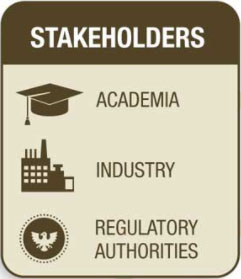
Much of the work the U.S. Pharmacopeial Convention (USP) does in setting quality standards for foods and dietary supplements involves writing and revising ingredients monographs for the USP–NF and the Food Chemicals Codex (FCC). So when we hear someone ask, "what is a pharmacopeial monograph?" We get excited and jump at the opportunity to explain its purpose, application and development process.
What is a Pharmacopeial Monograph?
A pharmacopeial monograph usually contains basic chemical information for the ingredient, as well as its description and function (for food ingredients). Furthermore, a monograph contains detailed instructions for identification, purity tests and other specific tests to limit the amount of undesirable impurities, all of which may be used to verify common requirements by manufacturers and formulators concerned with the quality of their ingredients and products.
Pharmacopeial Monograph development can be a complex activity and could not happen without the participation of stakeholders (academia, industry, regulators) throughout the process, as well as USP’s 22 Expert Committees (groups of volunteer experts from academia, industry and regulatory bodies selected every five years to guide USP’s work).
From the donation of analytical data and samples to constant discussion and revisions with USP scientists, each monograph goes through an open and transparent development process until a final version is published.
The infographic highlights the key steps in developing a monograph for food ingredients and dietary supplements and where stakeholders can participate in that process.



